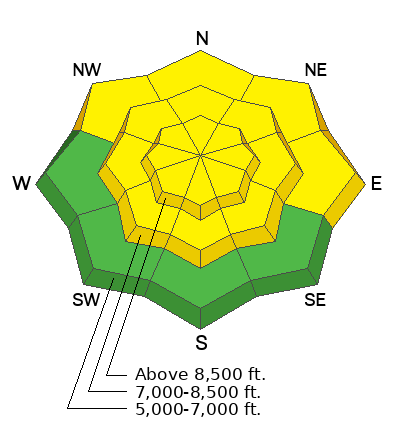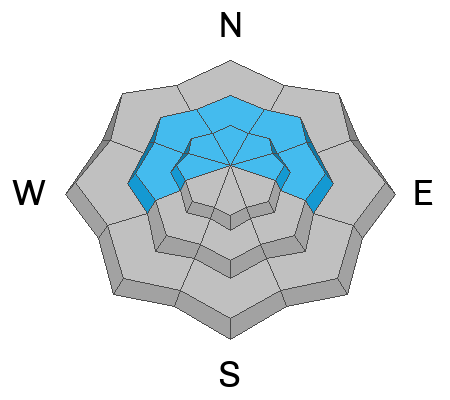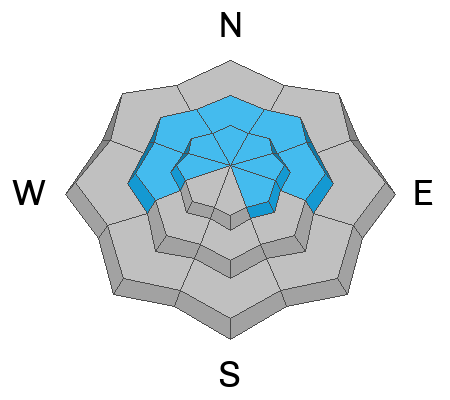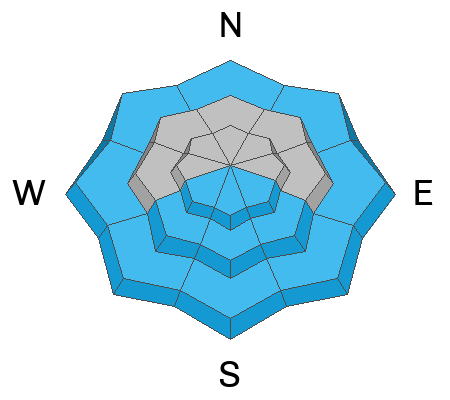Forecast for the Logan Area Mountains

Issued by Toby Weed on
Saturday morning, January 14, 2023
Saturday morning, January 14, 2023
Elevated avalanche conditions exist on upper and mid elevation slopes across the Logan Zone. The danger is MODERATE and people could trigger large and dangerous avalanches of wind drifted snow failing on a deeply buried persistent weak layer. In some areas, wind exposed terrain with generally shallow snow cover and poor snow structure like in the Wellsville Range, more dangerous conditions exist in terrain facing west, north, and east. Cooler temperatures and clouds should help keep a lid on wet avalanche activity, but heavy snow and drifting from a Winter Storm will cause rising avalanche danger tonight and tomorrow.
Evaluate snow and terrain carefully.

Low
Moderate
Considerable
High
Extreme
Learn how to read the forecast here










